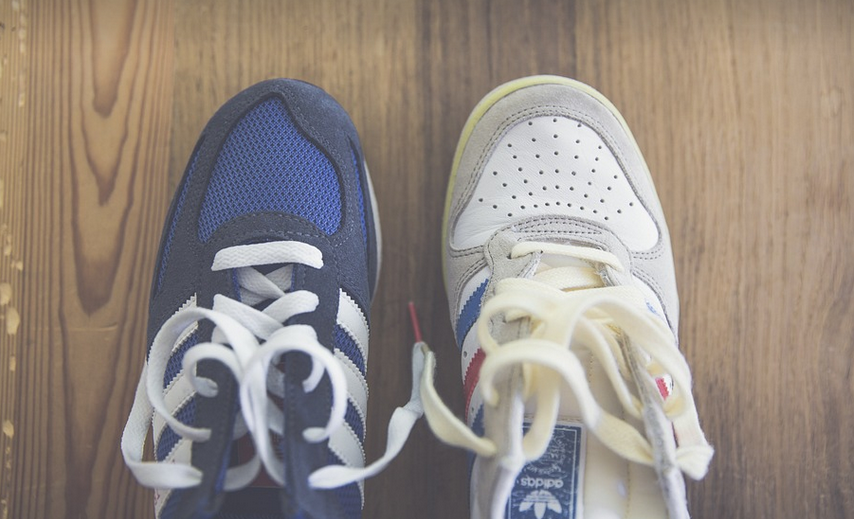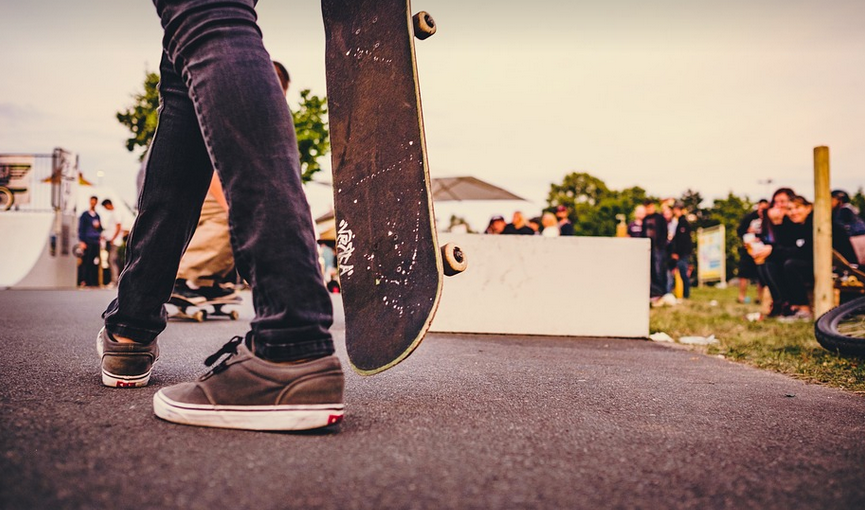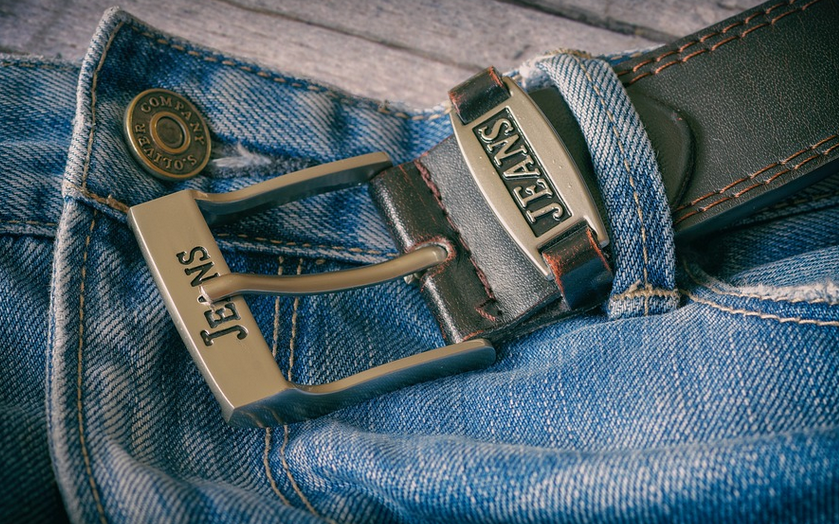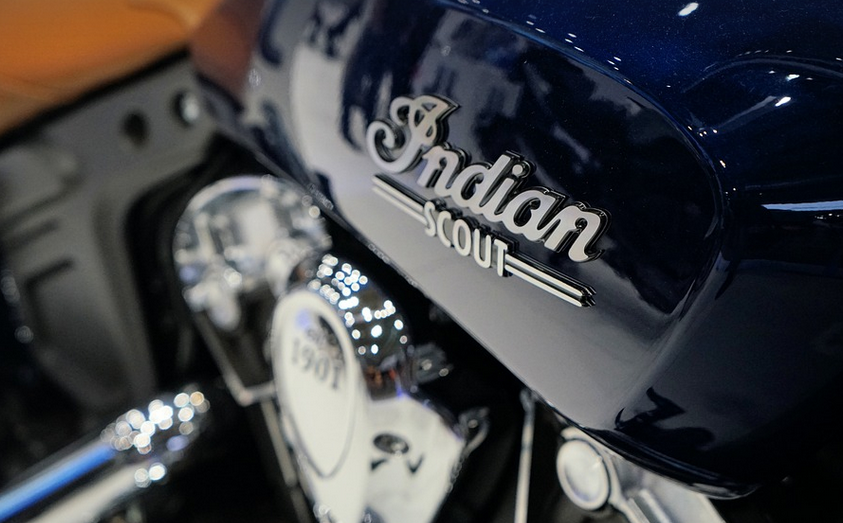Keeping Those Hands Safe With Fireproof Gloves For Wood Burners

The Ultimate Guide to Fire-Fighting Gear
Ah, the crackling sound of a wood burner on a chilly night… it’s just pure magic. But as cozy as these evenings can be, there’s a serious side to keeping your hands safe and warm when you’re working with fire.
Wood-burning stoves and fireplaces are fantastic for creating ambiance and warmth, but they come with inherent risks. The intense heat from the flames and hot embers can do real damage to your skin, potentially resulting in burns that can take weeks to heal. It’s not cool to lose fingers or get a nasty burn.
That’s why choosing the right fireproof gloves is crucial when it comes to wood burning. It’s about protecting yourself from potential harm and ensuring you stay cozy and comfortable for those long-winded evenings in front of your fireplace.
What To Look For When Choosing Fireproof Gloves
Just like any outdoor gear, choosing the right kind of fireproof gloves is a process. You need to consider several factors before you buy; this will allow you to make an informed decision that aligns with your needs and budget.
First and foremost, it’s crucial to choose fire-resistant gloves that are specifically designed for wood burning. These gloves usually use materials like Kevlar or Nomex in their construction. They offer excellent heat resistance and protection from high temperatures.
Next, consider the thickness of the gloves. Thicker gloves will provide more insulation but might make it difficult to handle smaller items. Lighter gloves are a better choice for those who want dexterity while still staying warm. Make sure you choose gloves that fit snugly without compromising your dexterity.
Remember, gloves should not feel overly thick or restrictive when wearing them. They need to be comfortable and allow you to manipulate the wood burner’s controls smoothly. This ensures a more enjoyable experience on those chilly evenings.
Different Types of Gloves for Specific Wood Burners
When it comes to choosing fireproof gloves for wood burners, different types cater to various needs. It helps to understand your wood burner type and its specific requirements before making a purchase.
For instance: If you have an older wood burner with exposed flames that require high levels of protection, consider thicker gloves made from heat-resistant materials like Kevlar or Nomex. These gloves will offer superior protection against radiant heat and embers. They are ideal for situations where you’re frequently working near the fire.
For wood burners with an internal combustion system that creates a lower, more consistent heat output, opting for thinner gloves made from materials like cotton or leather might be sufficient. These gloves provide good protection against mild temperatures and allow for better dexterity.
Essential Tips for Wood Burning Safety
While fireproof gloves offer significant protection, remember they are just one part of the safety equation. To ensure a safe wood burning experience, follow these tips:
Always use your wood burner in a well-ventilated area because it’s crucial for removing smoke and fumes that can contribute to breathing issues.
Never leave your wood burner unattended while it is running. This might prevent accidental accidents or malfunctions, especially when you’re busy with other tasks around the house or garden.
Make sure there is a fire extinguisher on hand in case of emergencies. It’s best to keep it nearby and know how to use it.
Never overload your wood burner with too much wood, as this can lead to overheating and increase the risk of fire hazards. Use smaller logs and gradually add more to ensure a smooth burning process.
Caring for Your Fireproof Gloves
Proper care and maintenance are essential when it comes to keeping your gloves in top condition. Here’s how to ensure they stay safe and functional:
Store them properly: When not in use, keep your fireproof gloves in a cool, dry place away from direct sunlight or heat sources.
Inspect for damages: Regularly check your gloves for any tears, punctures, or damage to the seams. Repair or replace damaged gloves as needed to maintain their functionality and safety.
Clean them occasionally: Dust and dirt can build up on gloves over time. A gentle wash with water and mild soap can help remove debris from your fireproof gloves while keeping them clean and dry.
Washing instructions are usually found in the glove’s user manual or product description, so be sure to refer to these before washing your gloves for the first time.


